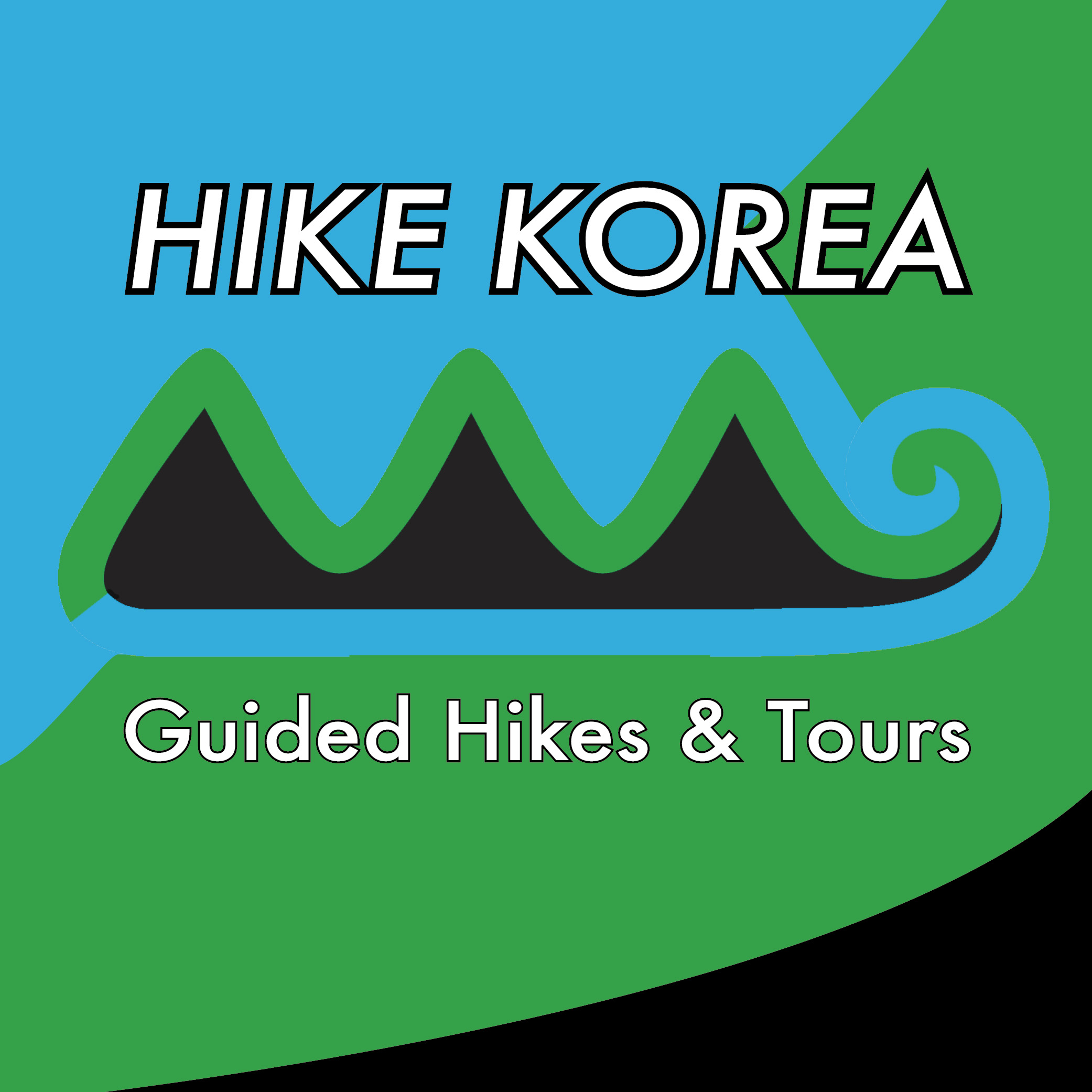Jiri-san was designated as Korea’s first National Park on December 29, 1967, and remains the largest land-area National Park in Korea covering 471.758km². It’s summit Cheonwang-bong soars to 1915m and is the highest on mainland South Korea, second only to Halla-san (1950m) on the island of Jeju-do. Cheonwang-bong is flanked by the peaks of Jung-bong (1874m) to its northeast and Jeseok-bong (1808m) to the west which are the 2nd and 3rd highest peaks on the mainland. Jiri-san is home to scores of peaks over 1000m, and the Baekdu Daegan trail crosses 21 of them. The name “Jiri” is a Buddhist-based term meaning “Exquisite Wisdom,” and nowhere in Korea is there a greater concentration of religious sites than in Jiri-san area. According to oral history, Jiri-san is essentially the Holy Mother Spirit Mountain of Korea. Some of her ancient oral history is untraceable, thousands of years past, and relate to the very foundation of Korea’s shamanistic beginnings, her male and female mountain deities, and hidden gates into mysterious kingdoms. Her many peaks, valleys and streams, are thought to contain some of Korea’s greatest natural energies, and indeed Jiri-san’s does sometimes put on her own displays of biblical atmospheric light and colour. Jiri-san is home to some of Korea’s highest quality air, waters, roots, herbs, and spices, making her a health and food centre for Korea. During the independence movement years against the Japanese occupation of Korea, and the calamitous years after Korea’s 1945 liberation and subsequent division, Jiri-san was also a refuge for Korea’s partisans before, during, and sometime after the 1950-53 Korean War. Around the base of Jiri-san many people live an alternative lifestyle apart from the hustle and bustle of Korea’s major cities merging with the local populace, they become organic farmers, artists, writers, and potters. Koreans have high affection for Jiri-san. To climb to her highest feature, Cheonwang-bong 1915m, and watch the sunrise is regarded as one of the most revered moments in a Koreans life. An entire encyclopaedia of Jiri-san’s culture and history could be written by itself.
“May 2023: I spent three weeks in South Korea visiting Seoul, Busan and Jeju but my 4 days with Roger were my favorite and will be what I remember most! Roger saw to every detail and planed well but knew how to change lans due to bad weather and his timing was impeccable! We did and saw so much in just a short amount of time! He showed me beautiful authentic places and all the food we ate was amazing and delicious! I would highly recommend spending part of you vacation in his expert hands if you want to see the Real Korea!” Robin U.K.
Trails
2N/3D Jiri-san Traverse: This is a moderate hike, requiring a basic standard of fitness. You don’t have to be superman or woman, just gutsy. It is a 30km, 2N/3D traverse. The route normally starts before Nogo-dan (1505m), sleeping at Byeokso-ryeong shelter (1N), then Jangteomok shelter (2N), then up early on the last morning for the one-hour hike to see the sunrise on Cheonwang-bong (1915m). After that a 3.5hr descent to Jungsan-ri. We’ll get a big lunch there before heading back to the vehicle at the start point in a taxi.
- Price: 1 pax $1400USD
- 2 pax $800ea
- 3 pax $600ea
- 4 pax $500ea
- Larger groups please contact me.
1 Day excursion hike of Cheonwang-bong (1915m) This is a one day hike of mainland South Korea’s highest peak. It is a 7-8 hour 14km loop hike from Jungsan-ri village up through Beopgye-sa temple to the peak and then a western walk along the ridge to Jangteomok shelter where we descend back to Jungsan-ri. Best meet up for this hike is at 7am in Jinju city. Price includes a Korean meal after the hike, trail snacks, guide and private vehicle fee. It does not include any accommodation.
- Price: 1 pax $900USD
- 2 pax $500ea
- 3 pax $400ea
- 4 pax $350ea
- Larger groups please contact me.
Prices include a pick up and drop off at a predetermined location (not Seoul), all trail meals, all hut fees, and all vehicle and guide fees.
Equipment
For 2N/3D traverse, a 40-50liter pack should be used with 1.5Liter water carrier, that can hold your personal clothing (only need an evening layer) some foods, hiking stuff, a sleeping bag liner and a mat (i can supply a mat). Tents are not required.
For 1 day excursion, only a small day pack with enough space for 1.5liter water, snacks, jacket, personal items (sun-creams etc).
Transport
For 2N/3D traverse, guests should take the KTX train from Yongsan in Seoul to Namwon or Guryegu station where I will meet you with my vehicle at pre-determined date and time.
For 1 day excursion, meeting you at your accommodation early morning, in Jinju city is the best idea. From there we drive in my vehicle (60min) to Jungsan-ri trailhead.
Weather
Jirisan is a high altitude area and can self generate its own weather system. However, the summer months are hot and humid with frequent rains. Spring and Fall are the optimum seasons with warm days and cool nights, and plenty of dazzling flora colors with each respective season. Winter is also a stunning time with brilliant snow-scape. Temperatures will fall well below freezing so proper winter clothing for wind and snow conditions is required. Cheonwang-bong 1915m is accessible all year round. However, the Jirisan traverse is closed from February to April every winter.
Please contact me for more options on hiking Jiri-san.






















